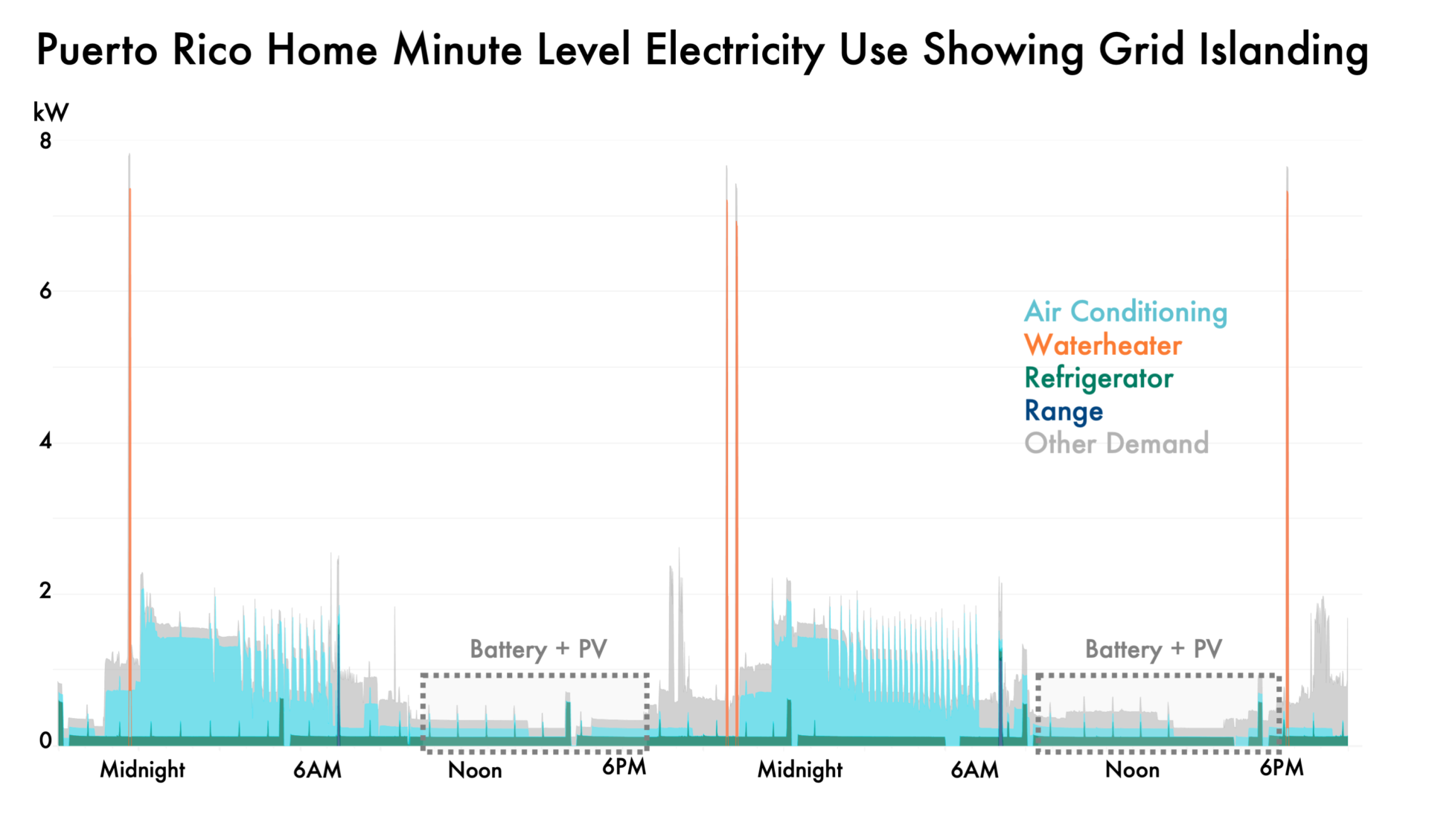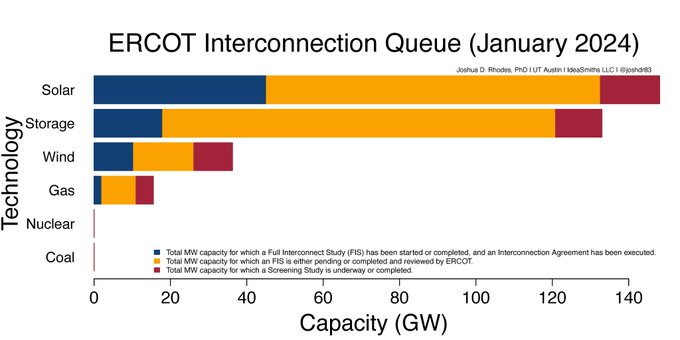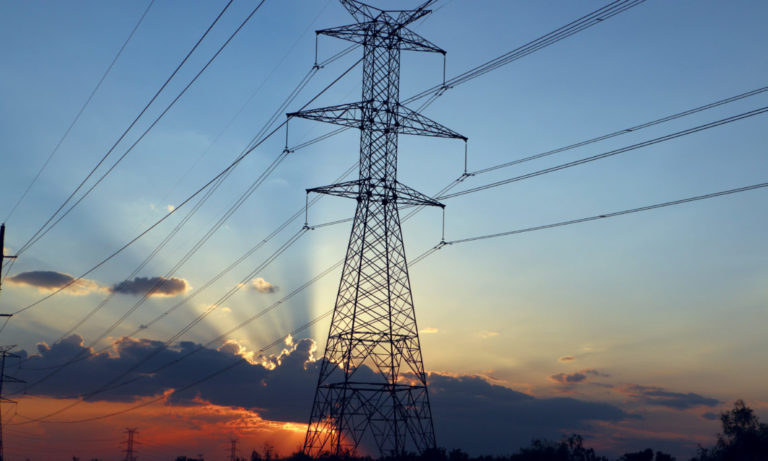March 23, 2023
By Cavan Merski, data analyst, Pecan Street
Since Pecan Street signed up our first volunteer research home in 2010, we’ve made it clear we need to expand into new geographies with different climates, energy challenges, and policies. Our participants in Michigan, New York, California and Delaware have all helped supplement our head start in Texas.
Our expansion into Puerto Rico is a little different because nowhere else on Earth can you find the island’s combination of energy challenges and energy ambition.
A Unique Mixture of Old and New
Most people are aware of Puerto Rico’s energy challenges. It has to import all of its fossil fuels. Its energy infrastructure has been badly battered by hurricanes and desperately needs modernization and hardening. Electricity is expensive – 2 to 3 times more expensive per kWh than in the continental United States, and its power quality is notoriously poor – something mainland electricity customers rarely have to worry about.
But Puerto Rico has lofty energy ambitions and is implementing a new wave of energy products that could change electricity for everyone. For example, more than 50,000 homes in Puerto Rico installed solar + storage in just the last five years – a number expected to hit 60% of all homes by 2050. By that year, the island aims to power the grid with 100% renewable energy.
Solar + storage is what sparked our newest project in Puerto Rico. A few years ago, our colleagues at Environmental Defense Fund began installing solar + storage systems in 40 homes on Culebra – a small and isolated island off the east coast of Puerto Rico. Pecan Street is working with participating families to add our energy monitoring and research capabilities on top of the benefits their systems already provide.
Benefits for Families, Researchers and All of Us
One of the most powerful features of our system is its ability to see the real-time energy use of nearly any appliance in the home. It’s one thing to know that a microwave uses 1kw of energy or all the lights in a living room use 200 watts. It’s quite another to see a chart line jump up when you flick a switch. We hope this feature will help participants better understand and control their energy choices and maximize the value of their solar + storage systems.

For researchers, this will be an energy data goldmine. Pecan Street already provides a trove of unique electricity data. Our equipment measures voltage, total harmonic distortion, phase angle and apparent power, so we can measure fluctuations in power factor from inefficient appliances in the home or inrush current during the first few seconds a device is turned on. These have relatively small effects on large centralized power grids but can be extremely important considerations when deploying microgrids. We can also show the ability of solar + storage to match home loads over varying time intervals, which can help optimize the sizing of solar arrays and battery components to ensure consumers get the most value from their systems.
Adding a suite of real-world solar + storage homes to our dataset will enable new simulations, product testing and analysis that hasn’t existed anywhere in the world.
And eventually, that benefits all of us. Solar + storage is just one of a full roster of electricity technology – from EVs to energy efficiency to demand response – that can strengthen the grid, reduce energy use (and costs) and eliminate electricity-related climate emissions. The more we know about these technologies now, the faster they can be refined, improved and scaled.
We’re thrilled to start this new chapter in Culebra with EDF and the families implementing this exciting energy technology. We’ll be sure to keep you posted.


















